Overcoming the Last Mile: Integrating String Transport into Urban Systems
Due to rapid urbanization, municipal authorities today face pressing challenges related to transportation safety and environmental improvement in urban areas. At the same time, ensuring mobility for residents of remote districts remains essential. To address this, hybrid transport systems are increasingly used, where metro and light rail lines coexist with buses and ride-sharing services. This allows for more flexible logistics, but not always efficient ones. But what if uST technologies were integrated into this chain?
Optimizing Transport Routes
According to UN social research, modern cities are becoming hubs of innovation and economic growth, and by 2050, 70% of the global population will reside in them. One of the main contributors to the planet’s deteriorating environmental conditions is the vast number of internal combustion engine vehicles. Therefore, caring for the environment is already a priority, as reflected in the Sustainable Development Goals adopted by the UN General Assembly in 2015.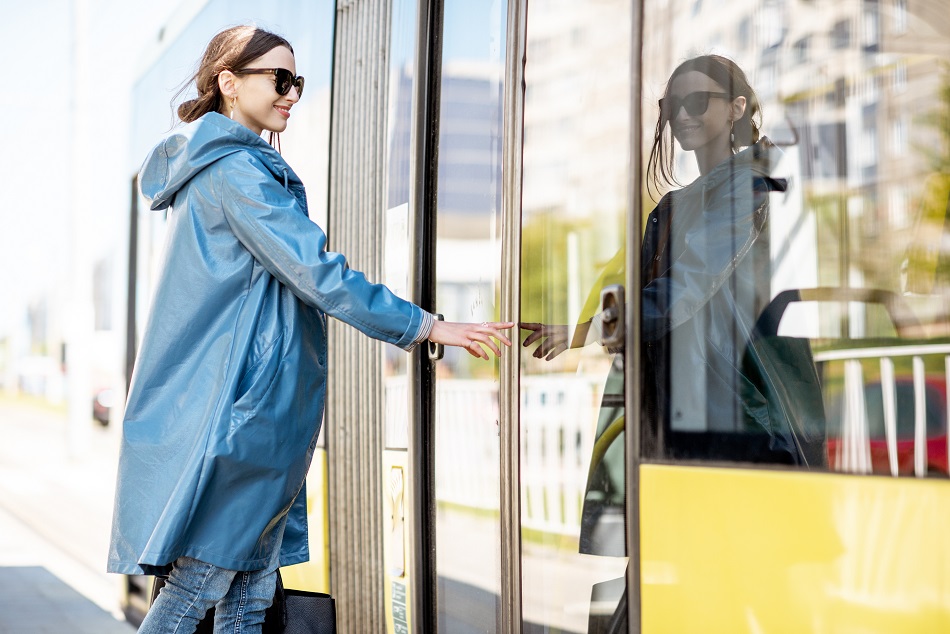
The study also notes that the popularity of urban public transport declines when stops are located more than 400 meters apart. This factor encourages people to purchase personal vehicles.
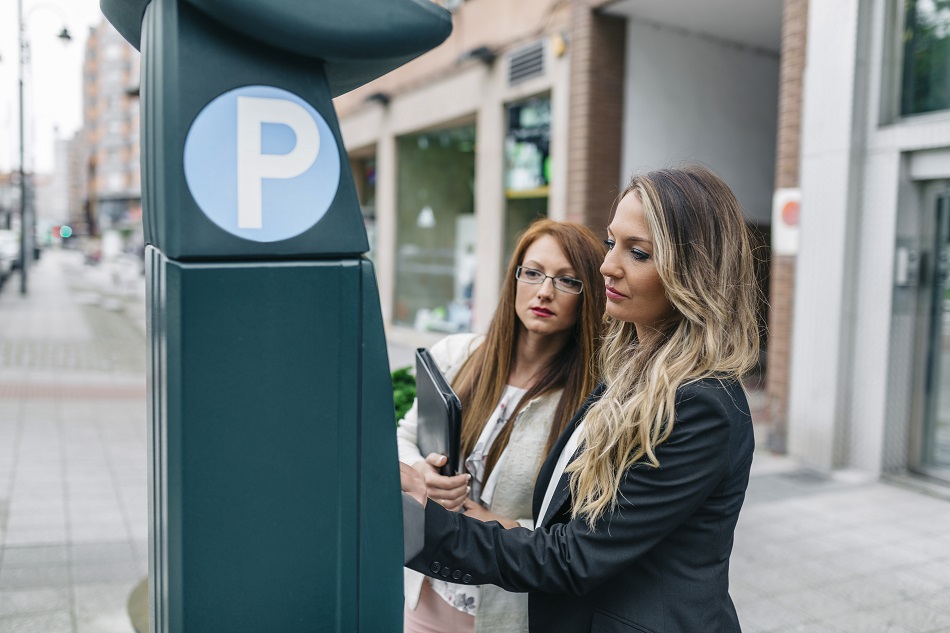
To overcome the so-called last mile to home, municipalities attempt to combine transport flows using car-sharing and additional bus routes where metro or tram lines end. However, such solutions are not entirely effective.
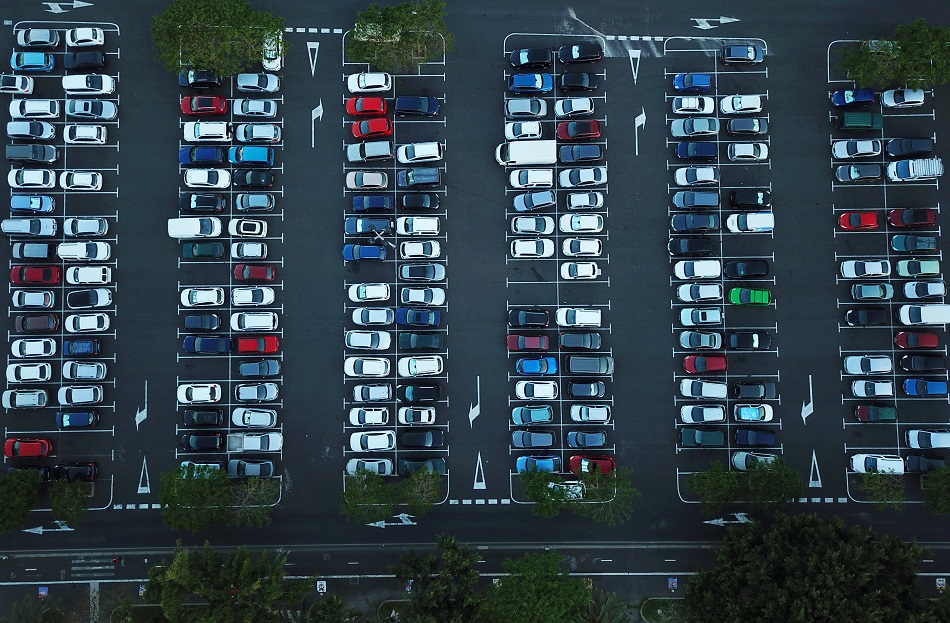 For example, car-sharing fleets have limited capacity, and their services are inaccessible to some elderly individuals and those without a driver’s license. During peak hours, rental cars further congest already overloaded roads. As for bus routes, long intervals between trips on extended routes often lead to overcrowding.
For example, car-sharing fleets have limited capacity, and their services are inaccessible to some elderly individuals and those without a driver’s license. During peak hours, rental cars further congest already overloaded roads. As for bus routes, long intervals between trips on extended routes often lead to overcrowding.
Transport Accessibility
Traditional transport solutions for overcrowded cities, such as metro and trams, are too costly to cover the last mile. Moreover, building new lines and stations requires significant time and space – resources that are always scarce in megacities. An optimal solution is the construction of compact uST string rail corridors. These can quickly establish efficient connections across entire urban agglomerations without harming the environment.
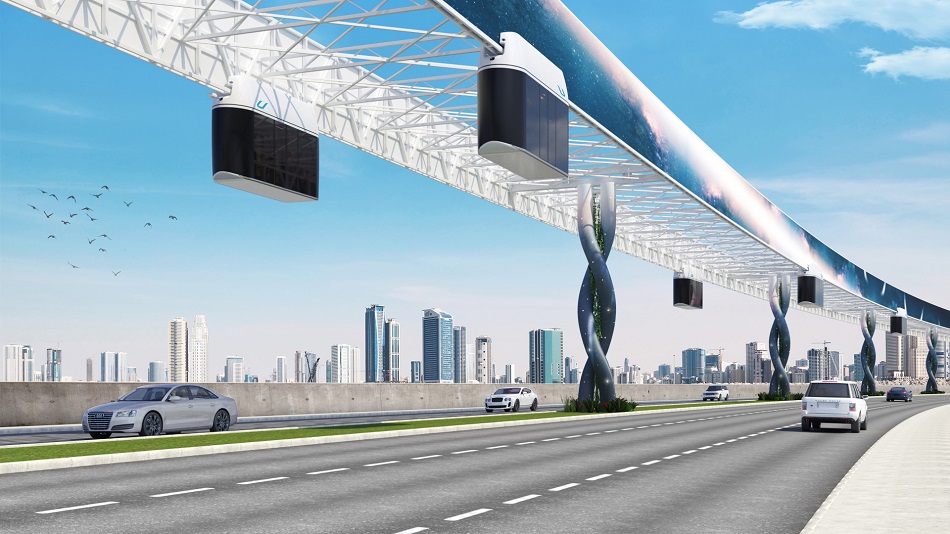
uST transport infrastructure solutions integrate seamlessly into existing routes. Thanks to a lightweight track structure that can be adapted to nearly any terrain, string transport can link hard-to-reach residential areas with, for example, a metro terminal station. As a result, residents won’t need to call a taxi or book a car-share to reach a transport hub. With an automated control system, the speed and frequency of uST’s unmanned rail vehicles (uPods) can be adjusted based on passenger traffic. This allows uPod movement to be synchronized with the schedules of commuter trains and electric railways.
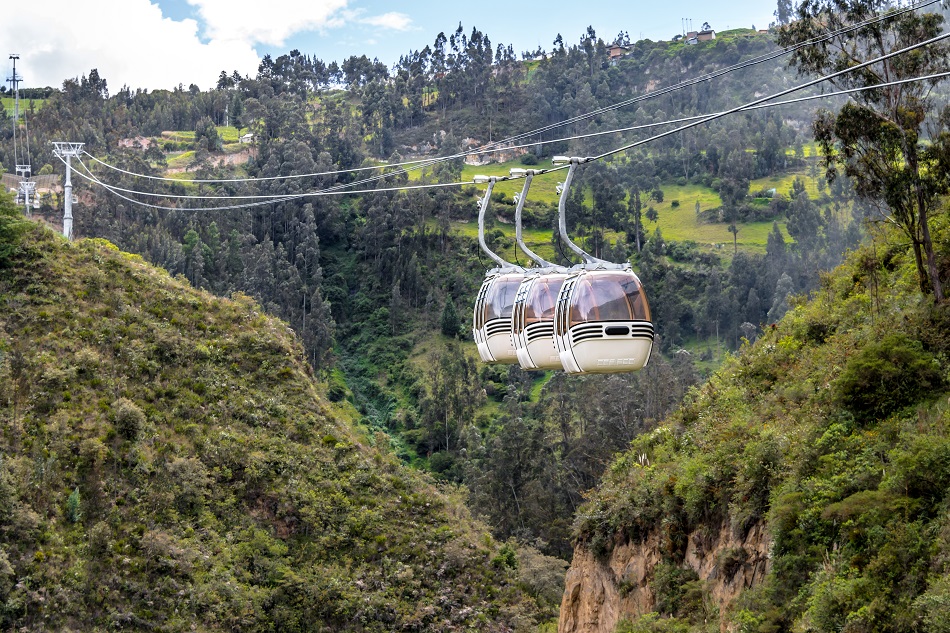
The example of Medellín, Colombia’s capital, where cable cars are integrated with metro lines, demonstrates how two fundamentally different types of public transport can operate effectively within a unified hybrid system. However, UST Inc.’s string rail corridors are significantly more economical and faster than traditional cable cars. These systems can be easily combined with both surface and underground transport modes.
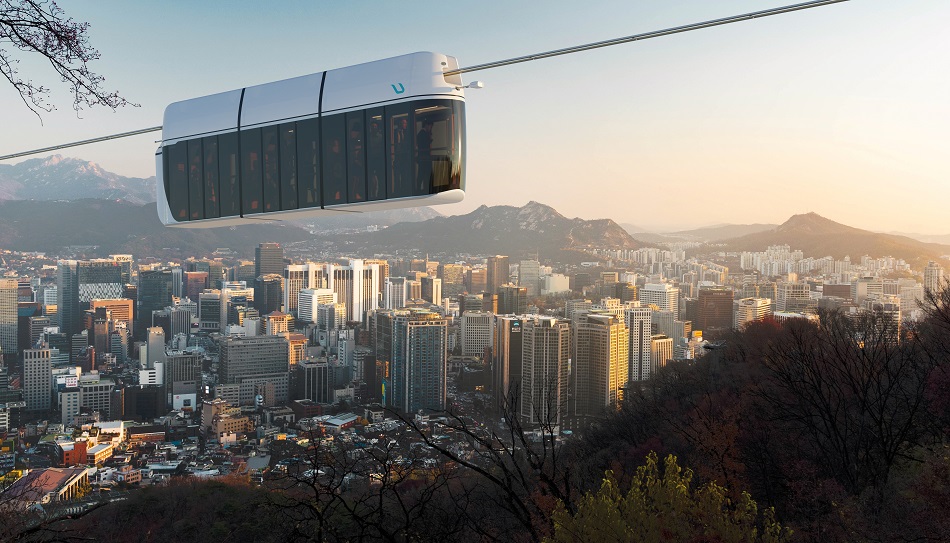
String-based unmanned transport holds enormous potential for urban infrastructure development. It integrates well into existing transport systems and, due to its high throughput capacity, can serve as a primary mode of transport, enhancing accessibility in specific districts. Such a project can relieve pressure on existing road networks, improve residents’ quality of life, and contribute to better environmental conditions in the region.
More news
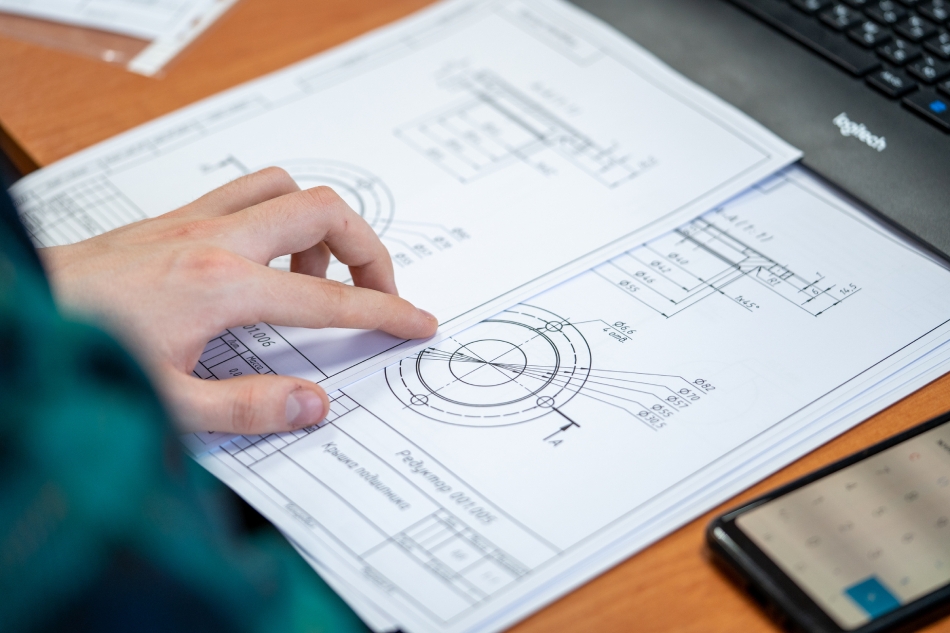
News
26 March 2024
UST Inc. Hosted the Republican Olympiad in Engineering Design CAD
The event was initiated by Mr. Sergey Pronkevich, Head of Engineering Calculations Design Office, as the leading Belarusian expert in this area.

News
23 October 2023
10 times less noise than the metro: the updated uBus U4-220-T2 has entered testing
After a range of modifications to the design, the U4-220-T2 uBus entered type testing.
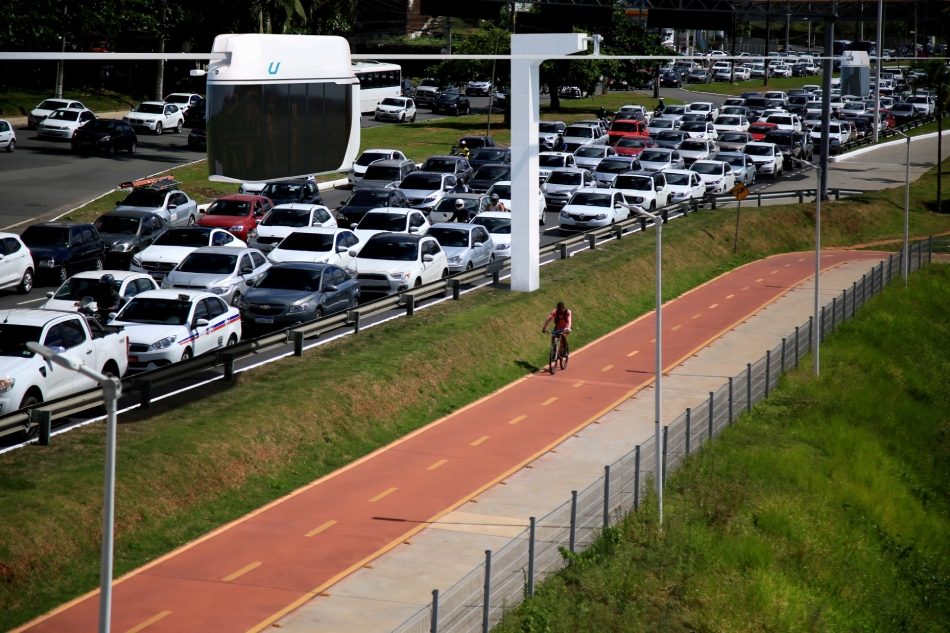
Blog
29 February 2024
A new level of transportation safety with uST technology
According to world statistics, thousands of people die in road accidents every day, and from 20 to 50 million people get injured and maimed every year.

